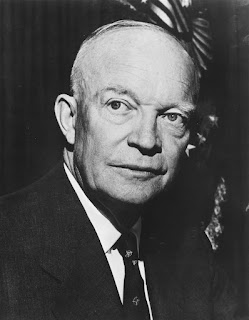Martin Luther King was a well- known civil rights
leader and activist who had a great influence on American society in the 1950s
and 1960s. He did many things to bring US society: equality, and to ensure
civil rights for all people who received bad treatements because of race. King
believed that African Americans could make protests peacefully, and in this
way, he began to adopt some methods, such as speeches, boycotts, protests, and
marches. The major contributions of Martin Luther King were, his style of
leadership to the African American civil rights movement, the emphasize in the
importance of non- violent protests, and to bring publicity to major civil
rights activities and efforts.
Martin Luther King was present in almost all civil
rights movements. After the incident of Montgomery, King led a boycott against
city buses that refused to let blacks sit in the front seats of the bus. This
boycott resulted successfull as rules of the bus system changed. In addition to
this, he participated in the Washington Peace March on August 1963, were
aproximately 250 000 people including whites marched to demand civil rights; is
in this march that Martin Luther King made his famous speech called ‘I Have a
Dream’ in which he persuades many Americans that they were unjusts with blacks
and as a result ciitizens began to put pressure to the president Kennedy. However
there was also some opposition to King, people who stated that he wasn’t
contributing to this problem at all. Many in the north of USA saw Martin as
irrelevant, they said he had focussed in segregation, but problems in the north
are others, as poverty in the slums.
African- American Civil Rights Movement lasted from
around 1955 to 1968. In order to continue with protests, many Americans
including Martin, joined to the Black Power Movement. The intentions of this
movement were various. For example, blacks demanded that they should take more
responsability, power and control in their own communities; or that the
government should pay more attention to social and economic issues, rather than
political problems. Despite Martin Luther King was participating of this
movement trying to convince US government of some reforms, still many blacks
felt that the pace of change was too slow.
On the other hand, many Americans also get
frustrated because of the non- violent campaigns proposed by Martin. They felt
it was humiliating black people and wasn’t bringing change fast enough. However,
to my mind, it was necessary to continue with this kind of protests, because
instead it could be generated a major problem, which could involve inocent
people. King’s non- violent protests on civil rights were able to make genuine
headway in American society.
Although there were some disagreements of American
citizens with Martin Luther King thoughts, his leadership led to a successfull
civil rights movement that finally achived it’s main goal: equal of rights for
all US population. As a demonstration of King’s effort and what he represented
during this period of time, he received the Nobel Peace Prize in 1964, among
several other honors.





















